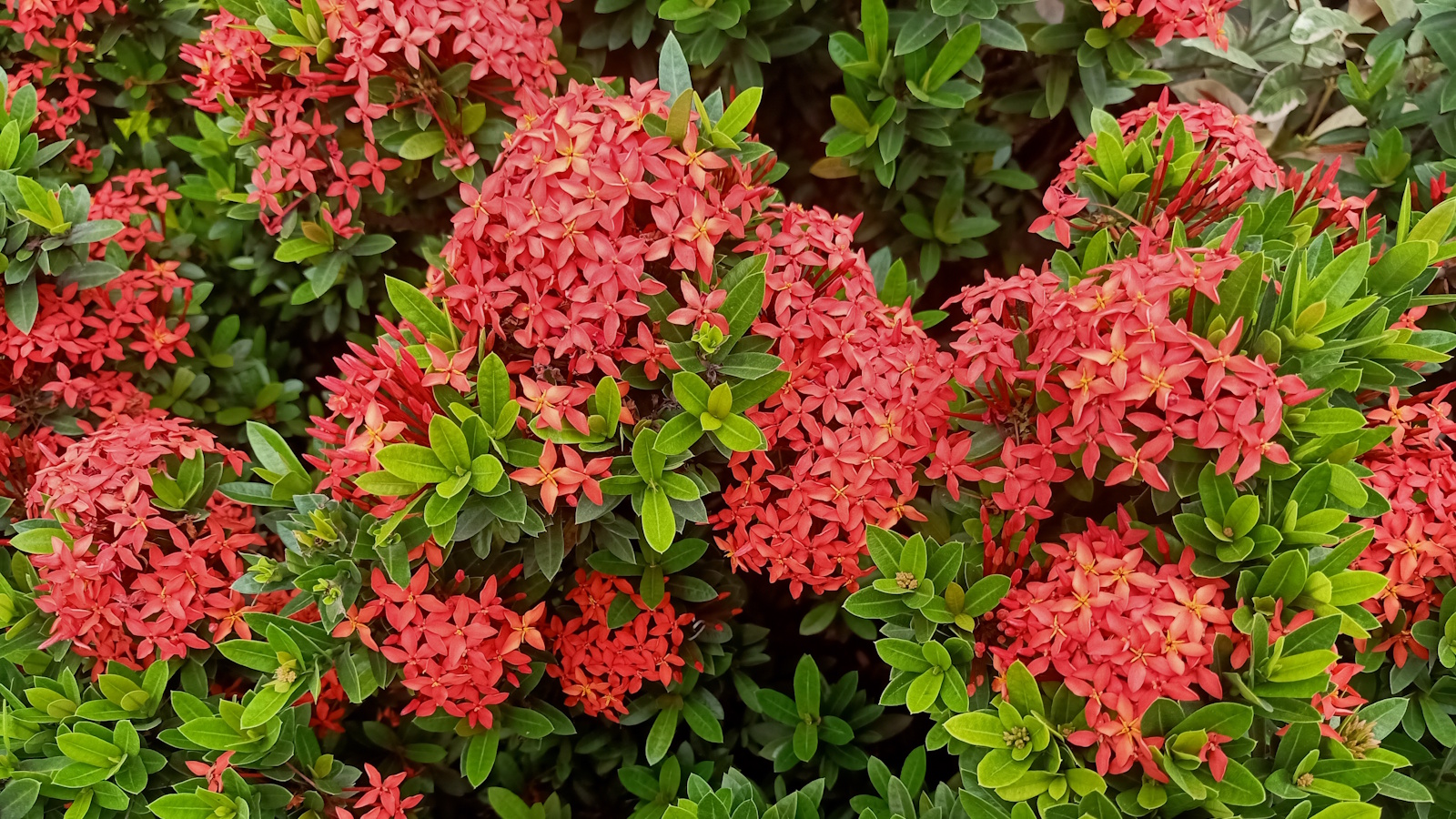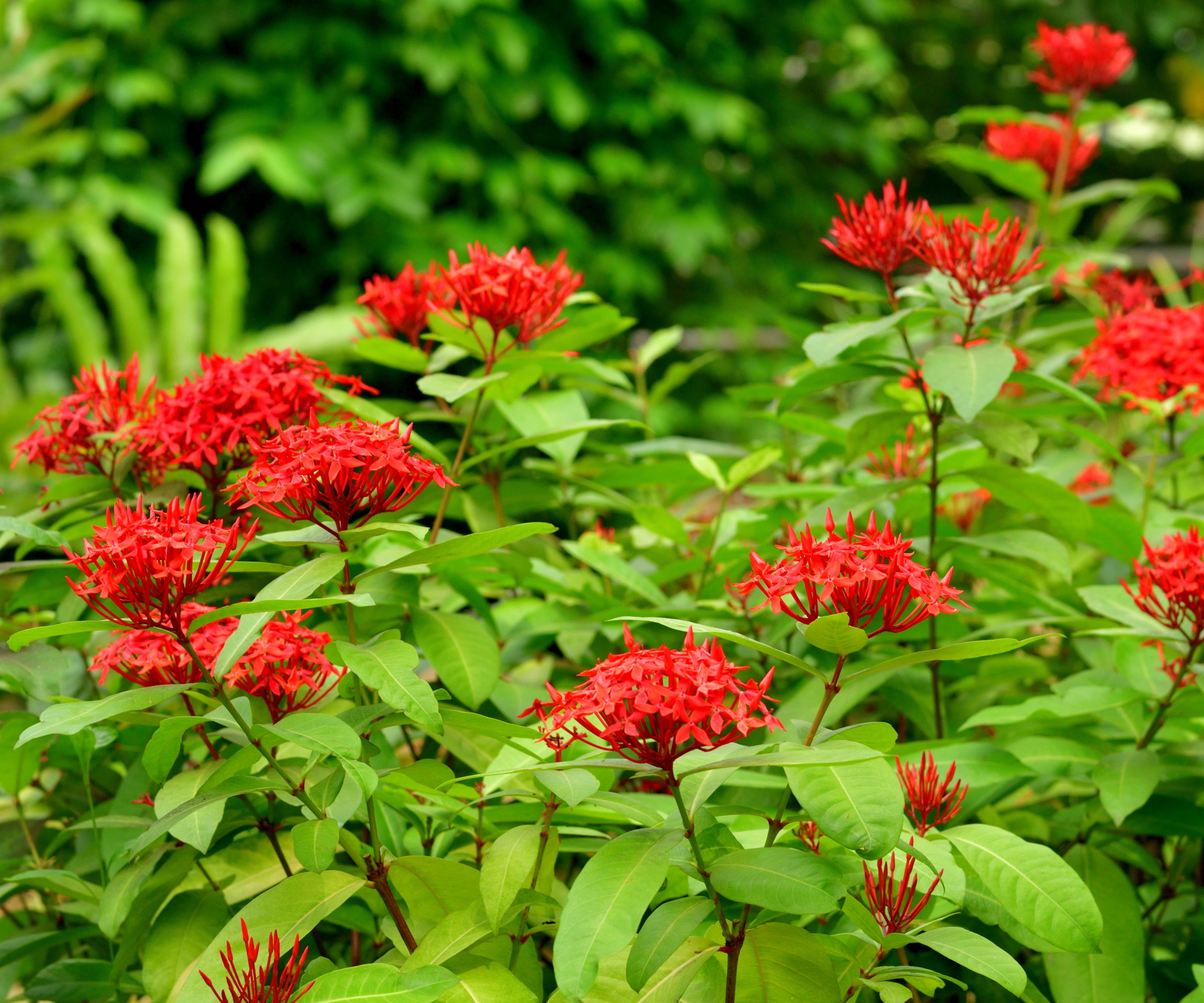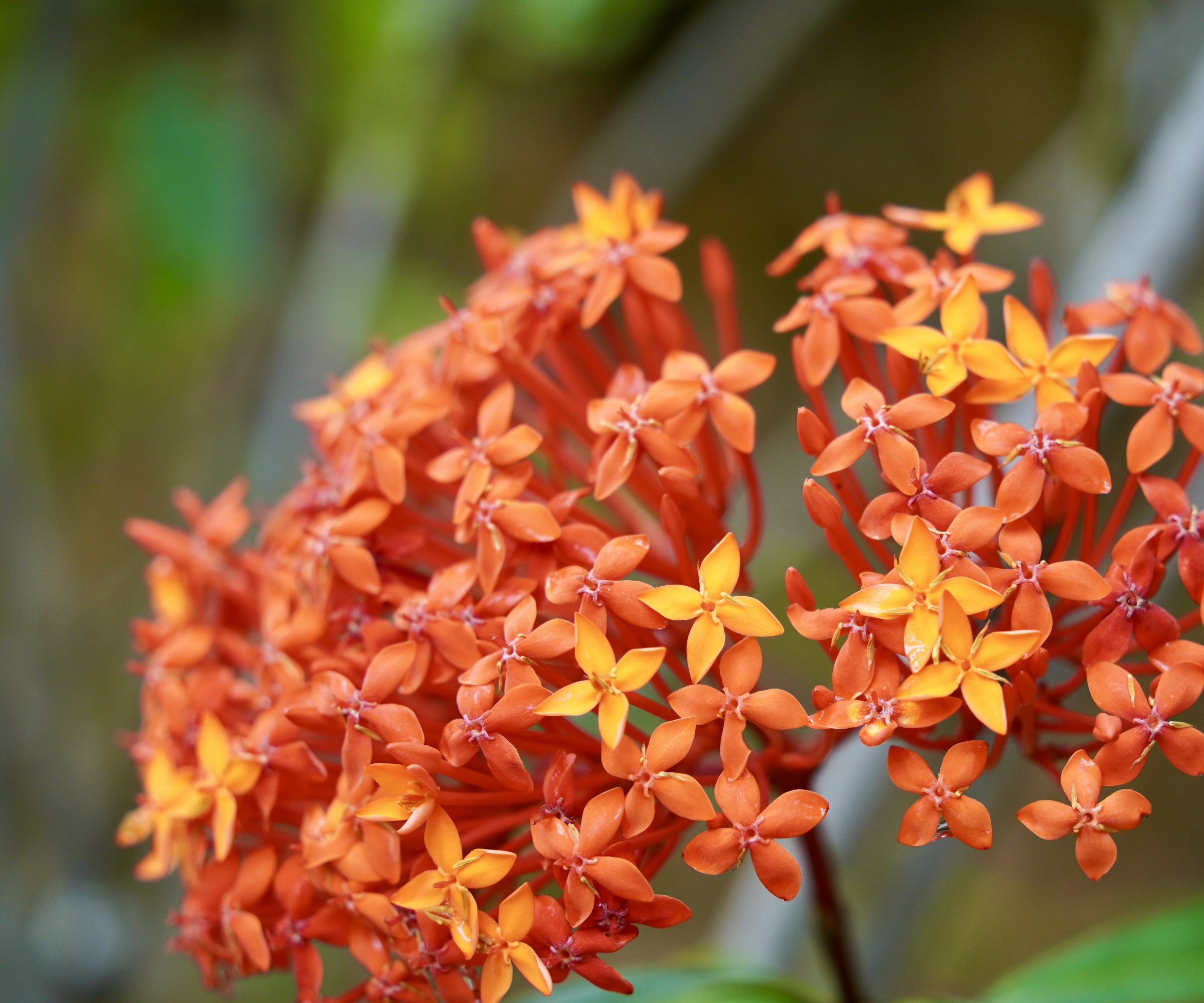
Some plants simply thrive in summer and ixora is one of them. In most regions, June, July and August can be a challenge for plants, with high heat and drought. And, if we are to preserve resources, there can be no room for fussy, thirsty shrubs that need constant watching. Ixora, however, won't just survive during these months; it will flourish, producing masses of blooms with little care or attention needed.
I have seen ixora growing happily in pots on patios and in backyards, and always with the same result: reliable and impactful color. What I love most is how adaptable it is in a container. You can move it around, give it pride of place when it’s in full bloom, then relocate it to a sheltered corner when temperatures dip in October. It’s ideal for anyone gardening in zones where frost is a threat, or for those who just want that lush, tropical look.
So, whatever the size of your yard, whether you have a tiny or sprawling plot, learning how to grow ixora in pots is a good idea and can actually make maintenance a whole lot easier during the winter months. Here, one tropical plant expert from Florida reveals how best to look after these impressive flowering shrubs.

How to grow ixora in pots
Ixora is one of the best shrubs for containers, especially if you enjoy the look and feel of tropical plants. And, while it might not be your first thought when it comes to container gardening, in my experience, learning how to grow ixora in pots is far more practical than, say, hydrangeas or peonies, which need regular watering.
Growing ixora shrubs in containers

'Ixora shares its botanical lineage with the popular gardenia shrub, and both notably produce glossy, leathery leaves that make them some of the best flowering shrubs for full sun,' says Tatiana Anderson, plant expert and co-founder of Top Tropicals, based in Florida.
'With this adaptation, they are able to withstand harsh conditions,' Tatiana adds, 'and so are a beloved choice in southern landscapes and pot displays.'
Ixora thrives in warm, tropical climates, growing best in US hardiness zone 9 to zone 10 plus. However, this tropical shrub can be grown in northern regions, and container culture is the perfect solution for moving and winterizing plants.
'The ixora plant family boasts an expansive color palette,' Tatiana adds, 'ranging across various and vibrant shades. Notably, some varieties also offer the added allure of fragrance.'
For a striking coral-red variety, try growing Ixora 'Maui', with live plants available from Nature's Way, supplied via Walmart.
Once you have chosen your plant, select a medium-sized pot, at least 10 to 20 inches wide and deep, depending on the nursery container that it arrived in.
Then, use something like this organic potting soil from Whitney Farms, available at Walmart, to fill your container, combining the potting soil with some perlite, grit or gravel for added drainage.
'They prefer well-drained, moderately acidic soil,' Tatiana adds. 'Caution must be exercised to prevent waterlogged container conditions, as excessive moisture can lead to leaf chlorosis.'
So, taking a small amount of time to combine perite or grit with your soil will really help to keep your pot plant in good condition.
Ongoing care for pot-grown ixora

After planting, deep watering is a good idea to help your ixora establish. While, they are some of the best drought-tolerant shrubs, handling challenging weather with no problem, this will help them to settle into your yard.
Following this, sticking to a regular water schedule is a good idea; soaking your pots once a week in cool weather or every few days in summer will produce the best results.
You can also feed your plants once a month during spring and summer, using something like this organic flower fertilizer from Espoma, available to order via Amazon.
In terms of how to prune ixora, you can trim your plant after flowering, deadheading any spent blooms and cutting back to maintain a neat, dense habit.
Pruning later in the season will also help when it comes to winterizing and moving the pot to a sheltered corner or indoors.
In cooler regions, such as zone 7 or lower, you will want to move your ixora pot to a greenhouse or into your home, usually around September or October. However, for gardeners in zone 8 or 9, you might get away with moving the pot to a sheltered, sunny corner outside.
You will want to repot your ixora every two to three years, lifting the shrub out of its container in spring, moving it to a slightly bigger pot and refreshing the compost.
FAQs
What pest is nibbling my ixora pot plant?
Whiteflies, aphids and spider mites can be attracted to the succulent, glossy ixora foliage during the growing season. Use one or two companion plants, such as marigolds or calendula, which can help to deter these pests with the strong-smelling foliage and flowers. Ixoras are tough plants, however, and will usually tolerate a small amount of nibbling.
Unlike some tropical plants, including lantana, ixora is considered pet-friendly and is non-toxic for dogs and cats, making this a good choice if you have a few inquisitive animals who enjoy playing in the yard and sniffing your pot plants.
For more inspiration, see our guide on how to grow lantana in pots, and fill your patio and pot displays with vibrant color this summer.
Shop ixora accessories
With red blooms, this live ixora shrub is sure to add color to your yard. It will thrive in a sunny location that receives at least six to eight hours of sunshine each day.







